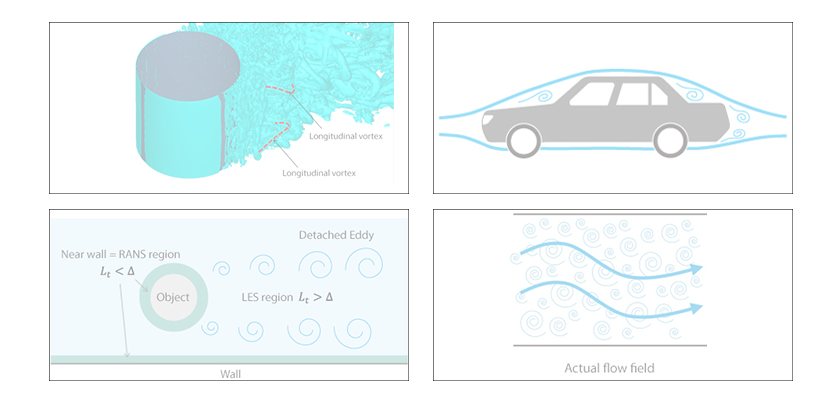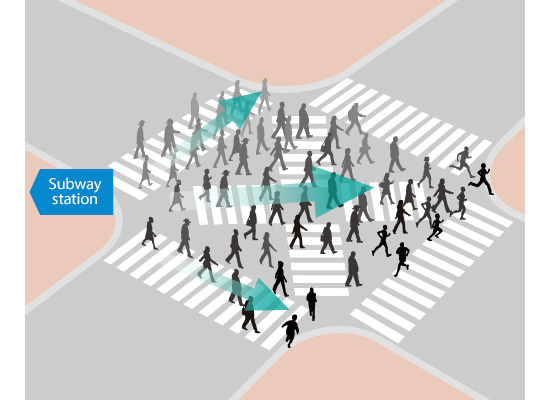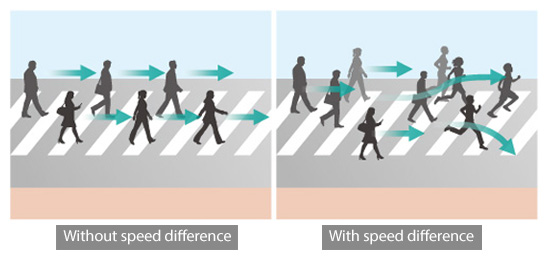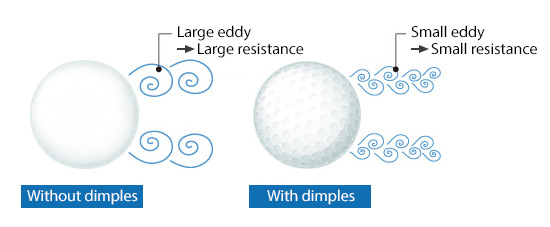Basic Course on Turbulence and Turbulent Flow Modeling 8: 8.1 Overview of RANS, 8.2 Eddy viscosity, 8.3 k-ε model

Methods of turbulent flow calculation (2)
RANS (Reynolds-Averaged Navier-Stokes) model
8.1: Overview of RANS
Following the discussion on DNS in the previous column, this column discusses RANS.
RANS is the most popular calculation method of turbulent flow. It is very costly to calculate vortex motions of turbulent flows directly because they are transient and because their sizes are small compared to the entire flow field. In designing consumer products, however, it is rarely required to know the detailed vortex motions; rather, being able to predict macroscopic quantities such as air resistance is good enough. The method, therefore, is to focus on the average field in terms of time, and that is RANS. The words “Reynolds-Averaged” in RANS mean a time-average. When a time-average is taken, vortex tubes, which are transient phenomena, are smoothened out and become invisible. It is therefore expected that even a coarse mesh can capture the phenomena in a time-averaged field. Since a fine mesh that captures every single vortex tube is no longer needed, calculation scales can be reduced significantly compared to DNS (Direct Numerical Simulations).
Let us think about a concept of a time-averaged field calculated by RANS. Imagine a lot of people crossing a diagonal crosswalk in central city at a busy commute time (Figure 8.1). It may be hard to follow the movement of each person if you look down from the top of a building, but you can tell that most people are walking from the subway station towards the sidewalk on the opposite side. This general view is the “time-averaged field”. That is to say, in RANS, you would not be conscious of detailed movements or routes of each individual; instead, you would calculate how many and in which direction people cross in a fixed amount of time. Nevertheless, time-averaged fields are affected by turbulence as the nature of flow. This effect must be taken into account. In RANS, this impact is reflected with a model called ‘eddy viscosity’.

Figure 8.1: People crossing a diagonal crossway
8.2: Eddy viscosity
Let’s have a look at the idea of modeling the effects of turbulence with ‘eddy viscosity’. The diagonal crossway is taken as an example again. If all the people are walking at the same speed, they can cross the road without any clog. On the other hand, if some people are scampering and some others are walking very slowly, i.e., if there is a difference in speed with each other, they will not be able to move straight. They will start moving left and right, and the state of being “difficult to walk” is created (Figure 8.2). This is true in fluid flows as well. Flows become turbulent due to differences in velocity inside them, and the flow resistance increases. This resistive force acting on flows due to turbulence is called the Reynolds stress. This is an imaginary force that appears when flow fields are seen with coarse graining by time-averaging. In Chapter 6 of this course, we talked about a model of viscosity, which appears when fluid motions are expressed with mass of molecules, as being proportional to velocity difference. The Reynolds stress is also modeled as being proportional to velocity difference, and you can picture it with the above example of people walking at different speeds. The proportionality constant of the Reynolds stress is called ‘eddy viscosity’. Viscosity, the proportionality constant of viscous force, is a physical quantity dependent on the type of material, while eddy viscosity is a physical quantity dependent on the state of flow.

Figure 8.2: Turbulence in walking due to speed difference
8.3 k-ε model
As mentioned, eddy viscosity is not a constant and changes its value depending on the state of flow. Let us see the most popular method of calculating eddy viscosity: the k-ε model. The k-ε model determines eddy viscosity from the turbulence energy k and turbulence dissipation rate ε in the following equation:

where, Cμ is a model constant and ρ is a density of a fluid. Turbulence energy is the intensity of turbulence, and turbulence dissipation rate is the rate at which turbulence disappears. This is the equation indicating that eddy viscosity increases as turbulence gets larger, and it decreases if turbulence disappears faster. The part where eddy viscosity is proportional to turbulence energy should be easier to understand because eddy viscosity is the effect of vortex motions of turbulent flows. The part where it is inversely proportional to turbulence dissipation rate, on the other hand, can be thought of as turbulence with short life (large ε) having a smaller effect on flows. It is said that small vortex tubes have shorter lives. That means, for the same level of turbulence, the effect on the increase of flow resistance is smaller if small vortex tubes get together. It is famous that air resistance on golf balls are reduced by making surface eddies smaller with small dents (dimples). This illustrates the link with eddy viscosity equation (Figure8.3). Figure 8.4 is a sample animation showing eddies created when a golf ball without dimples is driven.
In the next column, we will discuss an example of RANS calculation.

Figure 8.3: Eddies created around a golf ball
Figure 8.4: Example of eddies created when a ball is driven

About the Author
Takao Itami | Born in July 1973, Kanagawa, Japan
The author had conducted researches on numerical analyses of turbulence in college. After working as a design engineer for a railway rolling stock manufacturer, he took the doctor of engineering degree from Tokyo Institute of Technology (Graduate School of Science and Engineering) through researching compressible turbulent flow and Large-Eddy Simulation. He works as a consulting engineer at Software Cradle solving various customer problems with his extensive experience.


